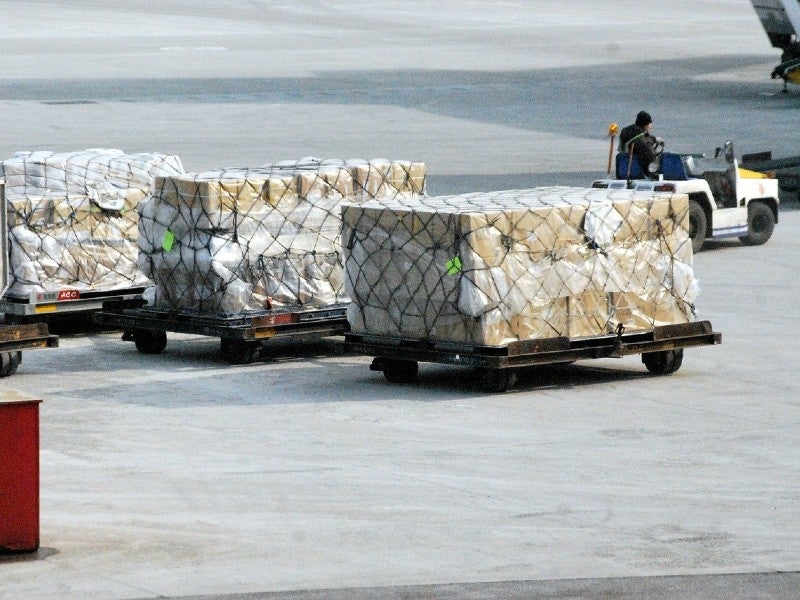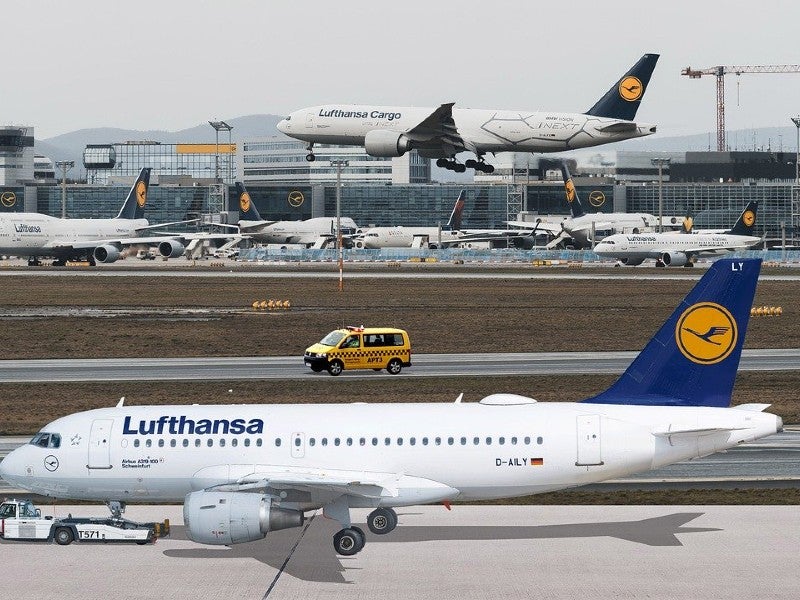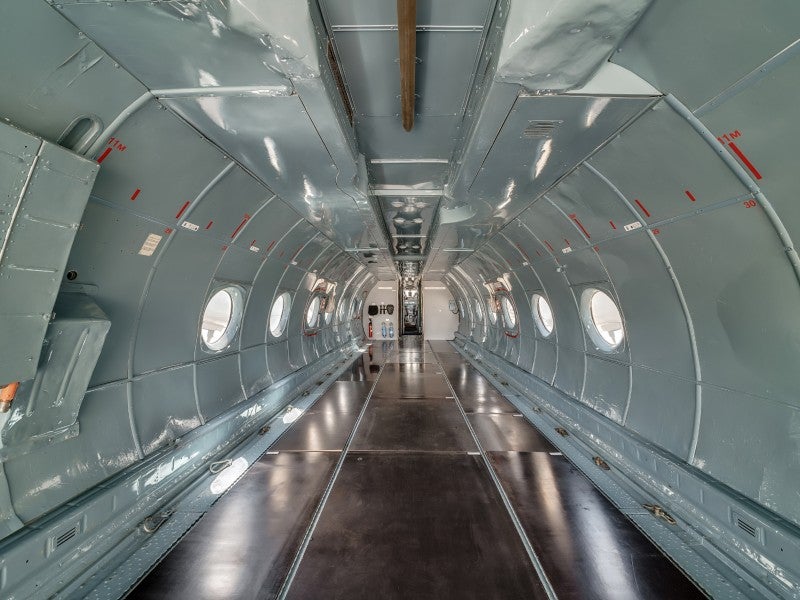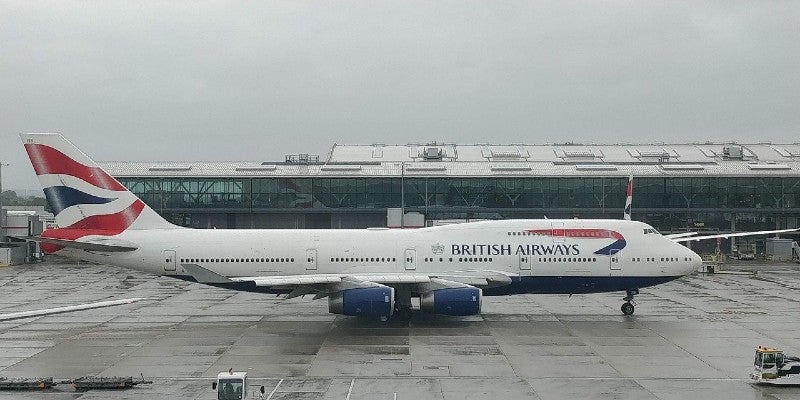
Air cargo transports more than $6tn of goods each year, which equates to around 35% of world trade. However, the industry’s expected growth has been slowed down by the global coronavirus lockdown, which has resulted in a decline in air cargo trade – between 25% and 40% since March – that is usually carried in the belly hold of passenger aircraft. Overall, around 50% of all air cargo is transported in this way.
According to Cargo Facts research, more than 130 passenger aircraft have been reconfigured for carrying air cargo, so airlines can pivot to meet the demands the flailing cargo industry.

Discover B2B Marketing That Performs
Combine business intelligence and editorial excellence to reach engaged professionals across 36 leading media platforms.
One company offering cabin reconfiguration on passenger aircrafts is Carlisle Interconnect Technologies (CIT) – a member of the Independent Aircraft Modifiers Alliance (IAMA) – through its company Tenencia. A European Union Aviation Safety Agency (EASA) holder, Tenencia offers turnkey kit design, installation and certification services to airlines.
Frances Marcellin: Can you summarise your expertise in cabin reconfiguration and aircraft certification?

Jeff Behlendorf: Our experience with aircraft cabins is wide and varied. We have produced many modifications, which reconfigure passenger aircraft layout of passenger accommodation (LOPA), to install new seating arrangements or to change the role of the aircraft. An example of this is to convert an aircraft to a VIP aircraft, which we have done for several prestigious customers, or modifications for special missions such as medical transport.
We have been involved in studies for the conversion of aircraft from a passenger role to a “combi” mixed freight/passenger role. We are also well-versed in the certification requirements for cargo compartments, having a background in freight aircraft operation.

US Tariffs are shifting - will you react or anticipate?
Don’t let policy changes catch you off guard. Stay proactive with real-time data and expert analysis.
By GlobalDataEASA exemptions for carriage of cargo in a passenger compartment have a finite timescale and we are therefore ready to produce supplemental type certificates (STC) packages for operators who wish to carry cargo for a longer period of time.
FM: What is the scope of the services you can offer?

Paul Johnson: The breadth of our certification knowledge and experience means we can provide efficient, risk-reduced solutions for airlines’ requirements, whatever they may be.
We think of ourselves as a one-stop shop and therefore an ideal integration partner for any airline to work with as a solution finder. That could be permanent aircraft role changes, additional cabin equipment, or flexible configurations to allow short term adaptation to changing passenger and cargo needs.
FM: What kind of reconfigurations are major airlines implementing?
JB: Many major airlines, including the three largest airlines in the US, as well as Emirates, Lufthansa and British Airways have been operating cargo-only flights. These entail seat removal to enable cargo pallets to be fixed to the cabin floor.
FM: Can you offer some information about your turnkey design kit and explain why it is effective?
PJ: We offer turnkey solutions for many of our modifications. As well as providing the aircraft STC (FAA or EASA) packages and in-house built installation kits (mounting hardware and wiring harnesses), we also provide the equipment for the system to be installed and an installation capability where additional manpower can be provided to get the work done quickly in the hangar.

This cost-effective complete offering brings efficiency to the life cycle of the modification, which is realised in reduced risk for the operator through single-source procurement.
FM: Switching back and forth between cargo and passengers optimises aircraft use for airlines. Can you outline the advantages and any common obstacles you come across?
JB: Advantages I can think of are to enable airlines to take advantage of fast-moving requirements [such as], for example, an urgent need to ship personal protective equipment (PPE) to hot spots as well as to ease the transition back to full passenger capability, but take advantage of freight opportunities as and when required. Obstacles for the airlines would be certification of the changes, but we can assist with that in terms of STCs.

FM: What is involved in the process of switching back and forth between cargo and passenger cabins?
PJ: The STC would contain different configurations, where engineering orders (work instructions) would be applicable for installation and removal of each cabin layout. Each engineering order would have detailed steps for how to remove the current configuration and install any parts required for the aircraft’s new role.
FM: What is your overall goal?
JB: The STC modifications in our existing portfolio cover everything from complete avionics suite replacement to installation of a single coffee maker.
The goal is to offer solutions for whatever new feature or role the customer needs the aircraft to fulfil, provide a robust original equipment manufacturer (OEM) quality package to accomplish the change, and get it installed efficiently to get the aircraft back into safe revenue service with the new capabilities or role changes desired.






